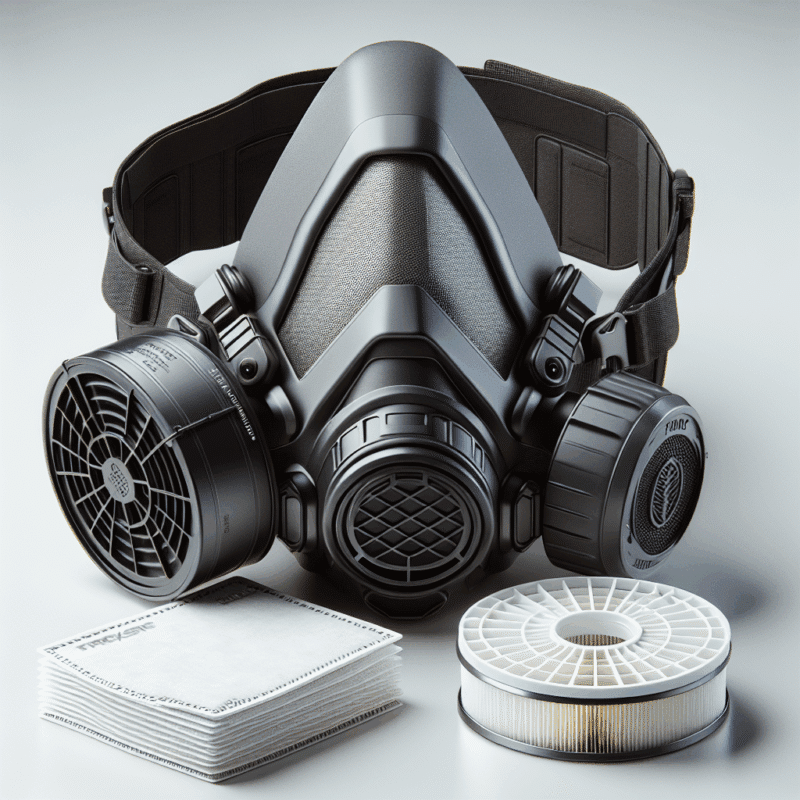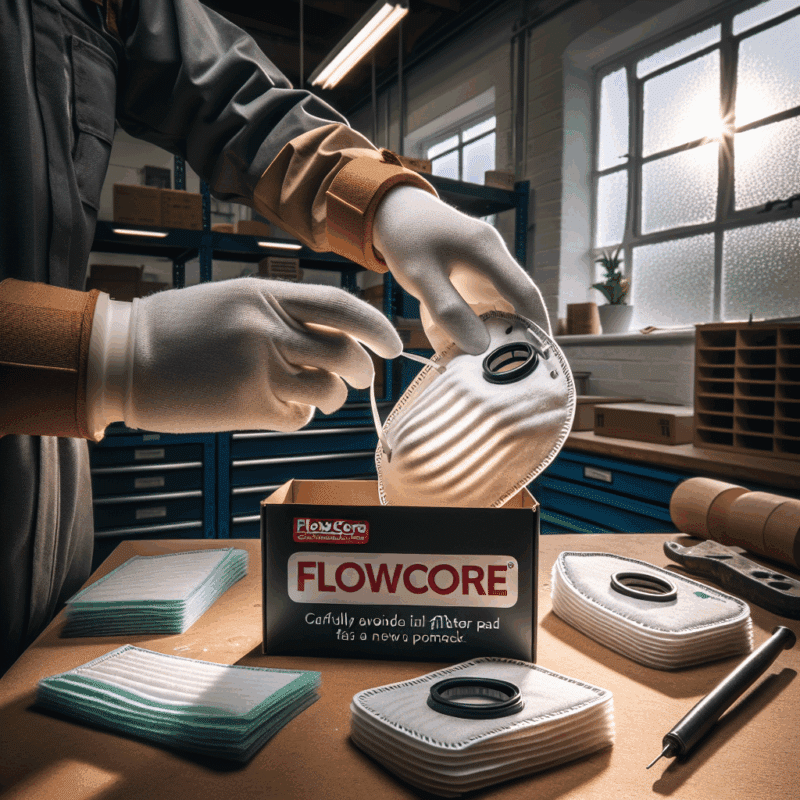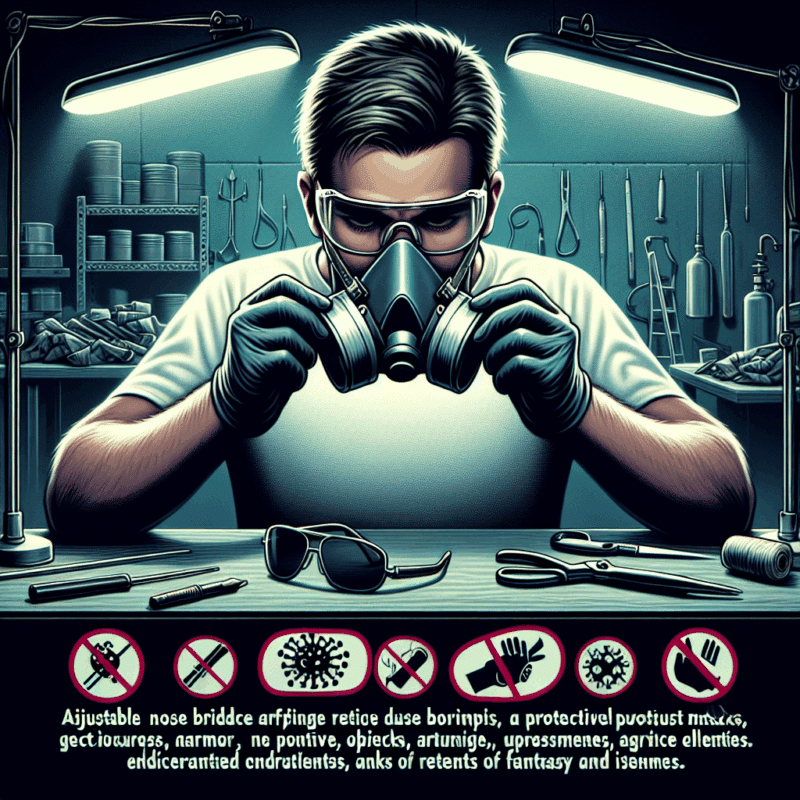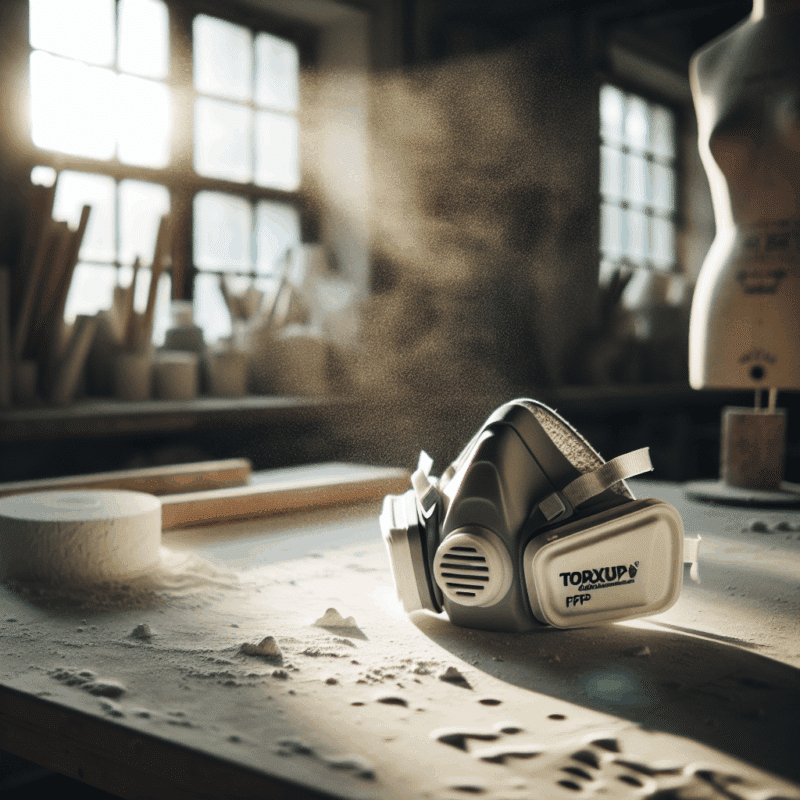Reusable vs Disposable Dust Masks: Torxup Savings Guide 2024
In This Article
- Reusable dust masks deliver long-term savings after initial investment.
- They offer superior comfort, protection, and eco-friendliness.
- Maintenance is simple and ensures continued performance.
- Case studies show up to 50% cost reduction in a single year.
- Choose reusables when facing regular or long-term dust exposure.
Understanding the True Cost of Dust Masks
Disposable vs. Reusable: What You’re Really Paying For
When comparing personal protective equipment, it’s essential to analyse both upfront and long-term expenses. At first glance, disposable dust masks appear cheaper per unit. However, the reality is that frequent replacements rapidly escalate your costs. Many users are surprised by the extent to which reusable dust mask savings surpass disposables when calculating actual use over weeks or months. Where a disposable is used once or for a limited period, a high-quality reusable can last for hundreds of uses with routine maintenance.
For example, a box of 50 disposable masks may cost £20. Assuming one mask per day, that’s less than two months of coverage. Contrast that with a reusable option that may cost £40 upfront but includes filters which last weeks and are replaceable at significantly lower cost. The reusable starts paying for itself within the first month of daily use. This is one of the primary drivers for those seeking budget-friendly yet quality-assured protection.
In industries where daily dust exposure is the norm—construction, carpentry, agriculture, and DIY—reusable dust mask savings translate into tangible financial relief. Additionally, time saved from reordering disposable gear adds to operational efficiency. When budgeting for bulk use, reusables significantly reduce procurement frequency while delivering consistent quality, increasing overall workplace safety standards.

Comfort and Fit: Daily Use Impacts
How Material and Design Influence Breathability
Disposable masks, typically made from synthetic non-woven plastics, are manufactured in mass quantities with a “one-size-fits-most” approach. This often leads to poor seals, uncomfortable pressure points, and sub-par breathability. Reusable masks, on the other hand, often incorporate medical-grade silicone or flexible polymers, enhancing comfort and creating a better seal around the face. These comfort features encourage users to wear masks more consistently and correctly—resulting in safer practice throughout the day.
Furthermore, advanced reusable models boast precision design meant for extended wear. Adjustable straps, cushioned interiors, and ergonomic contours allow workers to operate for hours without irritation. When evaluating protective gear, comfort should never be underestimated. After all, an ill-fitting mask compromised by fogging glasses or restricted airflow is less likely to be worn correctly—if at all. Thus, investment in comfort often equates to investment in safety, indirectly contributing to reusable dust mask savings long term.
“I used to go through three disposables a day on site. Now, I’ve had the same reusable mask for nine months, only changing filters. It’s paid for itself tenfold.” — Ben H., Builder, London
Longevity and Filter Replacement Costs
How Long Each Mask Type Lasts
One of the most significant advantages of reusable designs lies in their longevity. Built from durable materials, reusable masks can last several years with proper care. This alone feeds into cumulative reusable dust mask savings. In contrast, disposable masks are inherently single-use, quickly degrading through moisture absorption and particle saturation. Although initially cheaper per mask, the cost adds up exponentially with consistent usage.
Replacement filters—typically carbon or particulate inserts—are the only recurring cost for reusable options. These are relatively affordable and can be changed weekly or monthly depending on use level. Some systems even include layer indicators or sensor integration to signal when a filter is no longer effective. Ultimately, you’re not throwing away the whole unit each time, just replacing a fraction of the system. This systematic approach keeps long-term costs well below that of continuous disposable purchases.
Environmental Considerations
Waste Reduction and Eco-Conscious Choices
The environmental implications of disposable PPE are often overlooked during procurement decisions. Yet, those considering ecological responsibility will find that reusable dust mask savings extend beyond the wallet. Using disposable masks daily results in significant waste. According to industry estimates, over 1.5 billion plastic masks entered landfills and oceans during 2020 alone. Made with polypropylene and other polymers, these masks don’t decompose easily, contributing to microplastic pollution.
Reusable masks significantly reduce waste output. A single mask used over a year can replace hundreds of disposables. Many manufacturers now integrate sustainability into their product design—offering biodegradable filters, recyclable components, and minimal packaging. By choosing reusable over disposable, companies and individuals can meaningfully reduce their carbon footprint. This not only aligns with eco-conscious initiatives but also supports sustainable sourcing, enhancing your corporate social responsibility profile.
Case Study: Torxup CoreMask
Savings Over 6 and 12 Months
To illustrate real-world savings, let us examine a popular option—Torxup’s CoreMask. Priced at £45 with a set of high-grade filters, it targets professionals in the woodworking and fabrication sectors. Disposable equivalents used at the same intensity would easily surpass £120 over six months—even more with occasional double masking or dusty environments. In many cases, the CoreMask pays for itself within the first 4–6 weeks.
At the 12-month mark, accounting for three filter changes (£8 each), the total expenditure is £69. Contrast that with 300 disposable masks a year—approximately £150. Not including shipping, waste disposal costs, or time lost managing inventory. With reusable dust mask savings exceeding 50% in this scenario, it becomes abundantly clear which direction is economically prudent for long-term users.
Such case studies firmly establish the economic value of switching, encouraging procurement managers and tradespeople to rethink their current consumption models.
User Experience: What the Community Says
Real Feedback From DIYers and Professionals
Anecdotal evidence strongly supports statistical analysis. Professionals across industries cite convenience, cost-efficiency, and improved protection as key reasons for adopting reusable masks. On platforms like Reddit, YouTube, and builder forums, users share side-by-side comparisons and the long-lasting performance of products like the CoreMask or RZ Mask.
DIY hobbyists particularly value the flexibility of reusable options. Rather than keeping stock of disposables for occasional use, they simply clean and store their mask until the next project. Reviews highlight improved breathing experience and better face coverage, particularly around bearded faces where disposables often fail to seal properly. Consistent satisfaction reviews support the claim that reusable dust mask savings go beyond cash—offering enhanced workflow comfort and efficiency.
Choosing the Right Option for You
When to Use Reusable vs Disposable
While reusable dust masks offer significant savings, there are scenarios where disposables are still relevant. Large-scale demolition, biohazard exposure, or one-time events may favour single-use gear due to contamination concerns. However, for those in agriculture, construction, auto repair, or woodworking, the trends clearly favour reusables. Here, sustained exposure and repeated application make ongoing disposable purchases inefficient and costly.
Hybrid usage can work as well. Maintain a primary reusable for standard jobs and keep a backup box of disposables for emergencies. This flexibility allows users to optimise both cost and safety conditions. To deepen your strategy, explore Learn more about Dust Mask Types and Best Protection Practices for in-depth PPE selection advice across industries.
Matching Your Mask to Your Work Environment
Different Risks Require Different Protection
Not all dust hazards are equal. Sanding wood, handling insulation, and welding tasks each generate different kinds of particles—some coarse, others microscopic or chemically reactive. To maximise reusable dust mask savings, users must select a mask equipped to filter the right type of particles. Masks should offer certified ratings like FFP2, FFP3 or equivalent NIOSH standards for specific risks.
Additionally, check compatibility between mask and work gear. Goggles, earmuffs, and helmets must integrate seamlessly for efficient site operations. Mismatched gear not only jeopardises safety but could reduce mask durability. When in doubt, consult certified safety gear suppliers or reference Read a related article for expert mask compatibility guides.
Maintenance Tips for Reusable Masks
Prolonging Life and Ensuring Safety
Effective maintenance is key to preserving functionality and extending lifespan. Basic hygiene measures include washing silicone parts weekly, avoiding harsh detergents that erode materials, and storing masks in airtight containers. Filters should only be touched with clean hands and replaced once resistance increases or odours emerge.
Most manufacturers provide straightforward cleaning guides, and adhering to them reliably yields continued savings. For example, improper drying methods—like using high heat—can warp elastomeric frames. Reinforce routine inspections to check for seal degradation or strap loosening. When these are addressed early, users prolong usability and ensure the full benefit of reusable dust mask savings.
Where to Buy Trusted Dust Protection
Shop Smart with Verified Products
Mask effectiveness is only as good as its regulatory conformity. Counterfeit PPE products are common, especially during supply surges. Always purchase from certified suppliers with transparent documentation. Look for CE conformity, FFP rating visibility and manufacturer warranties. Reputable outlets ensure that you receive tested, traceable hardware—not substandard equipment with inflated promises.
You can shop reliable reusable masks directly from verified retailers linked in our recommended list at Guide to disposable vs reusable respirators. Also, review our community-endorsed buying platforms at Restore EU product listings with compliance advice to find verified deals and discount bundles. Investing in trusted gear further guarantees that your projected reusable dust mask savings are fulfilled by gear that performs under pressure.
Final Verdict: Which Saves More?
When examining all aspects—cost, longevity, comfort, environmental impact, and user satisfaction—it’s indisputable that reusable dust masks offer significantly greater value. Although disposable masks continue to hold relevance in specialised contexts, everyday users in industrial and domestic settings derive both financial and operational advantages by switching to reusable options. The cumulative numbers don’t lie: across weeks, months, and years, reusable dust mask savings simply outpace disposable strategies.
Great guide on compare-reusable-vs-disposable-dust-mask-savings-guide – Community Feedback
Which is more cost-effective: reusable or disposable dust masks?
Reusable dust masks, such as the Torxup CoreMask, typically offer greater long-term savings as you only need to replace the filters rather than buying new masks each time.
Are reusable dust masks better for the environment?
Yes, because they generate less waste. Reusable masks are designed for multiple uses, while disposables contribute to ongoing landfill waste after each use.
How long do disposable masks last compared to reusable masks?
Disposable dust masks are made for single or short-term use, often around 8 hours, while reusable masks can last for months or even years with regular maintenance and filter replacement.













